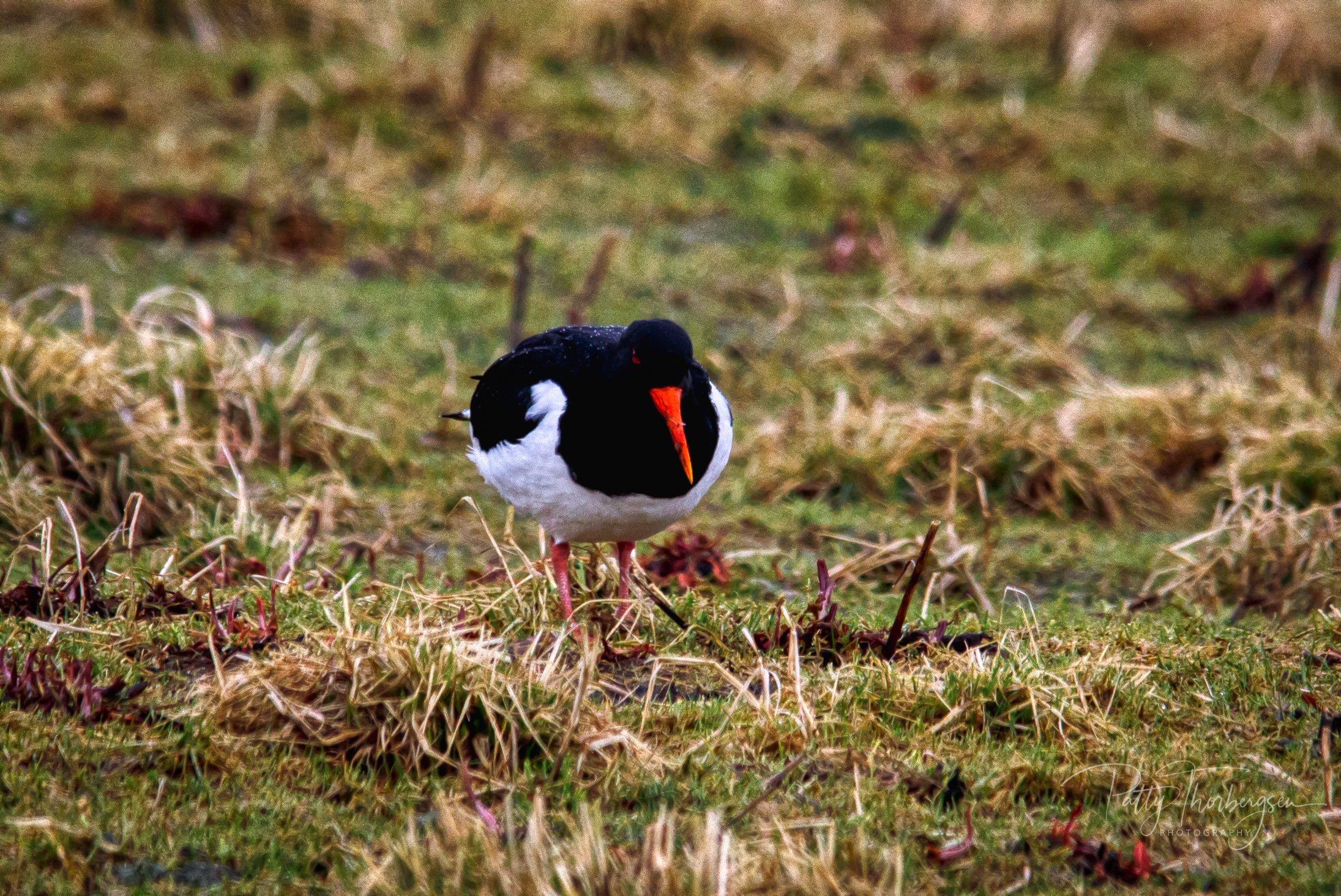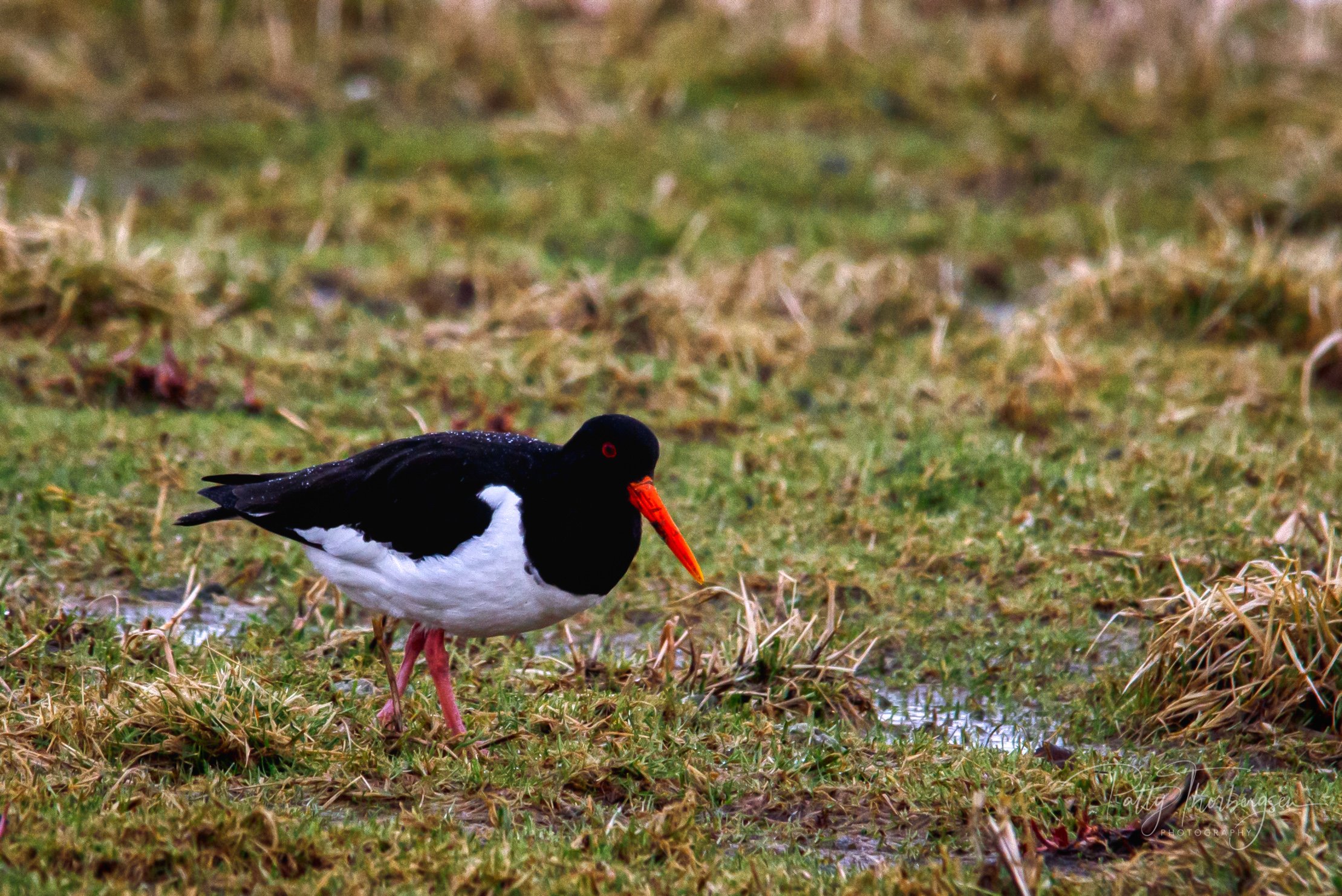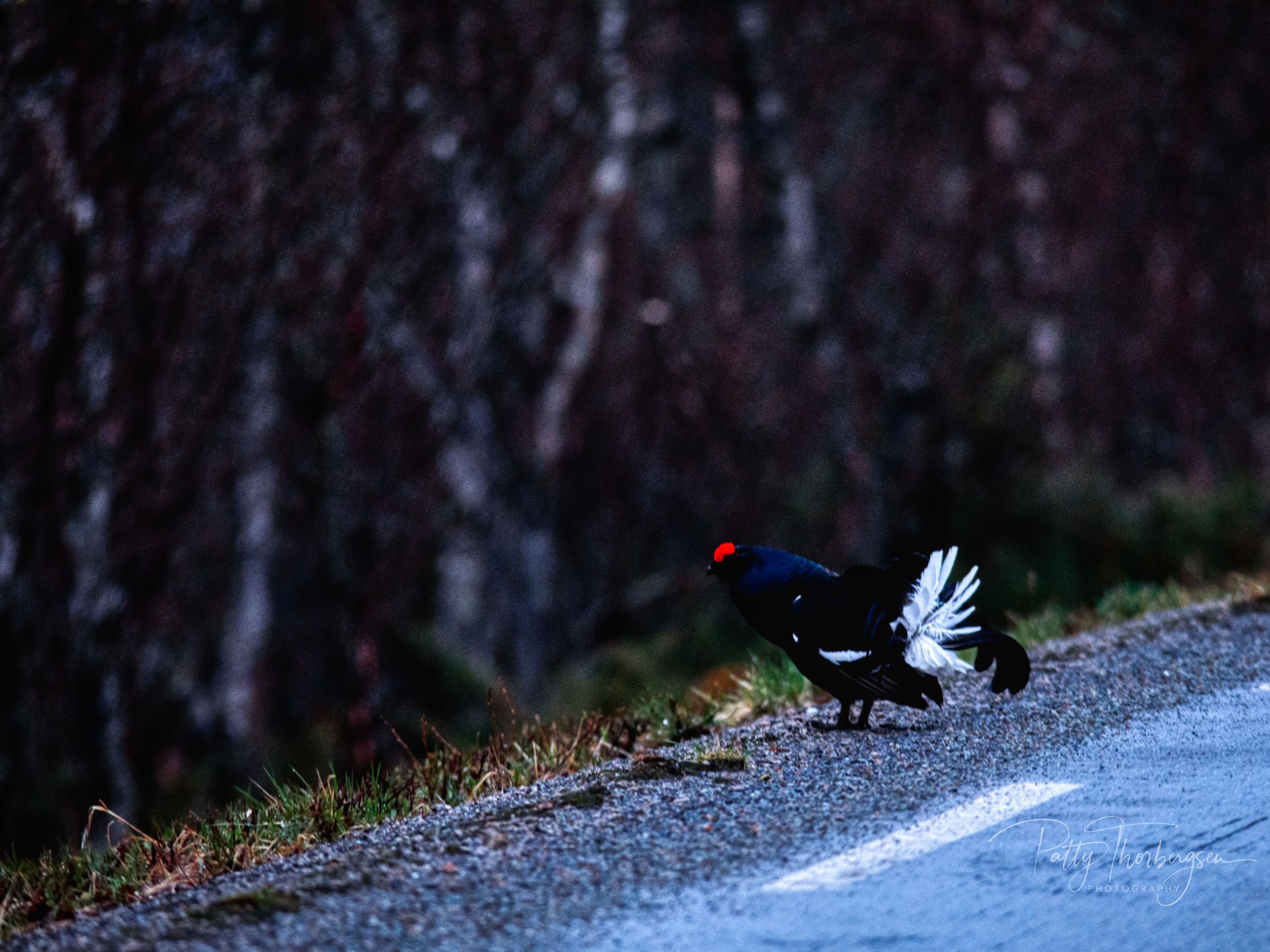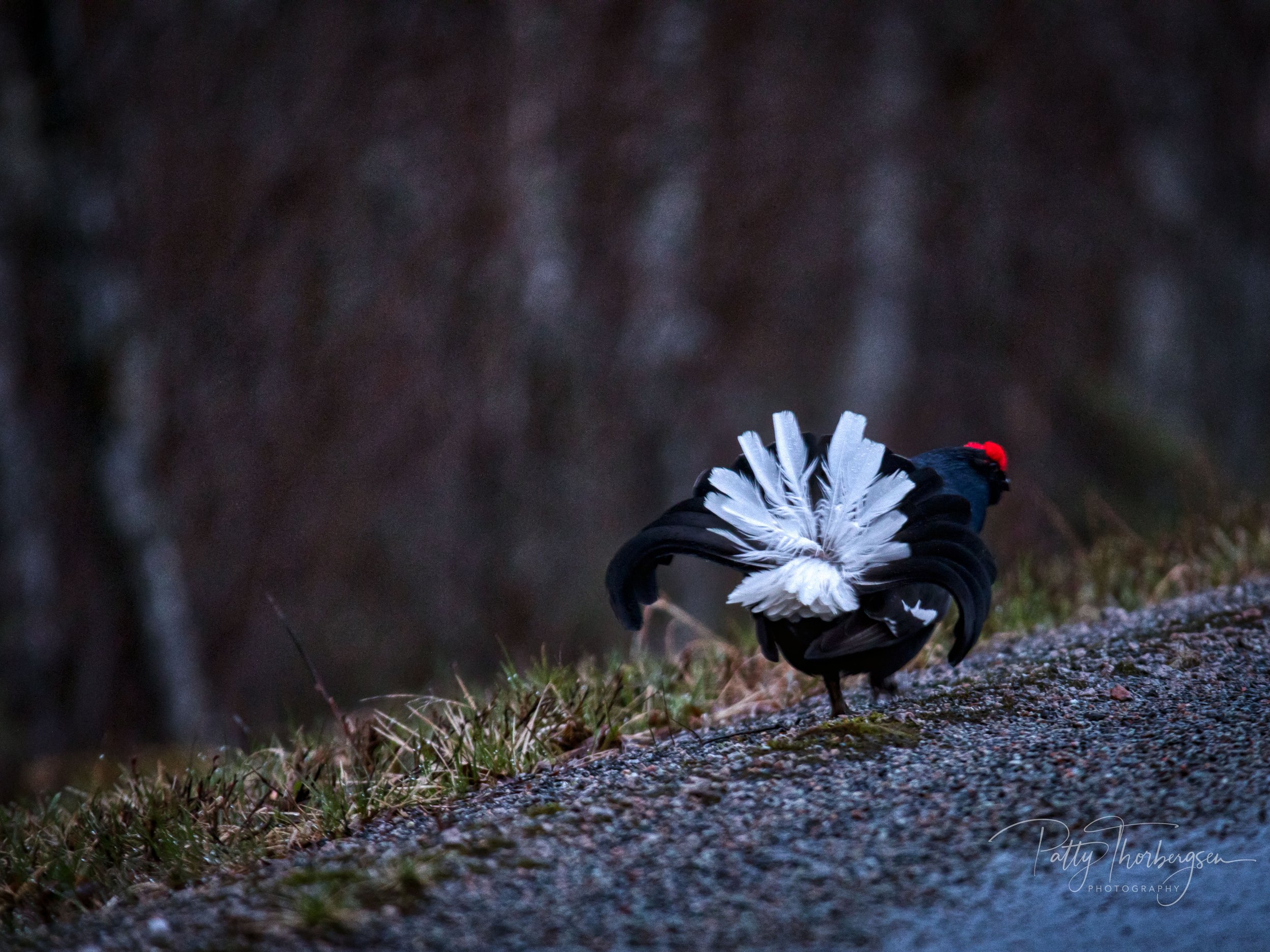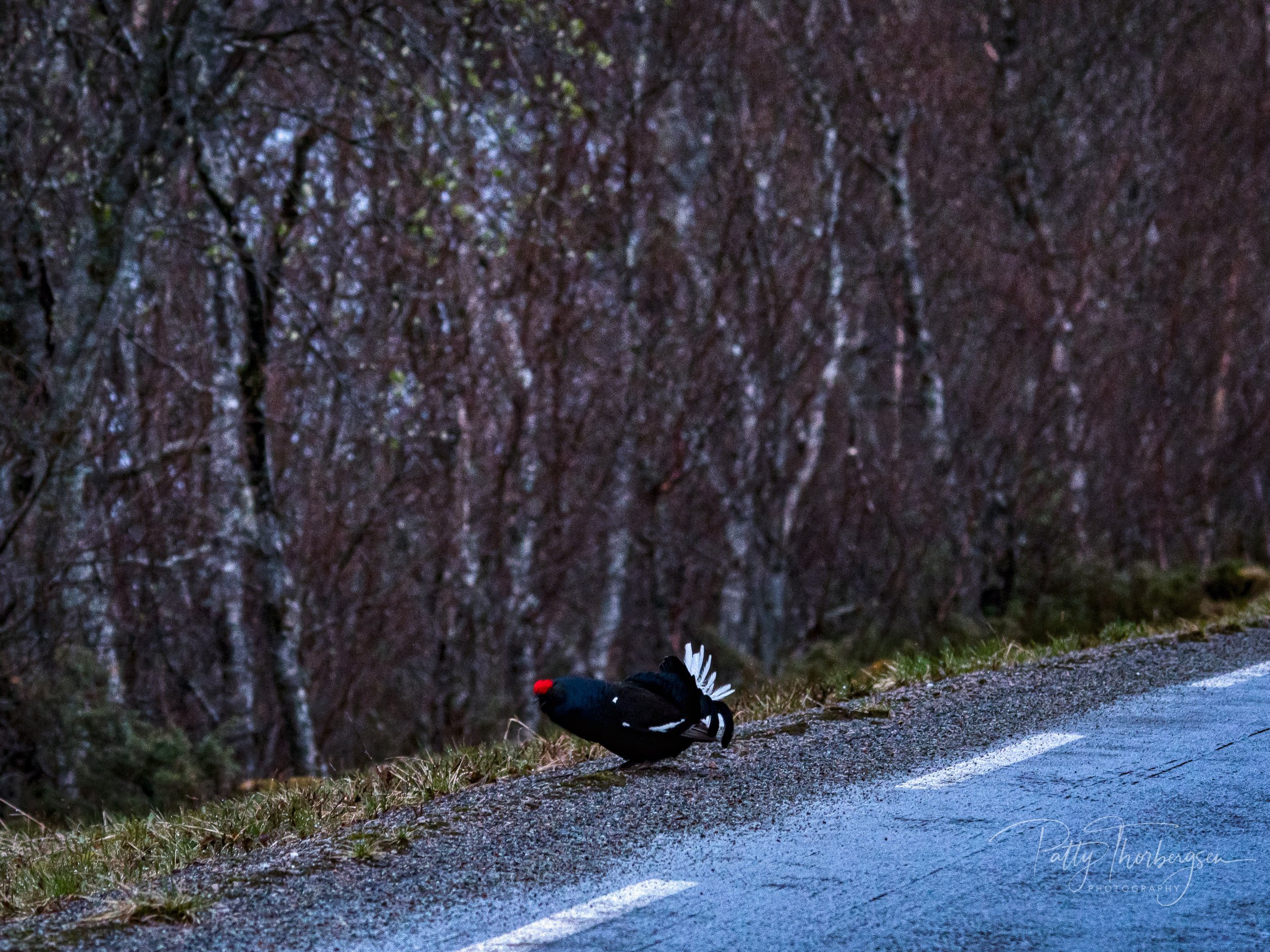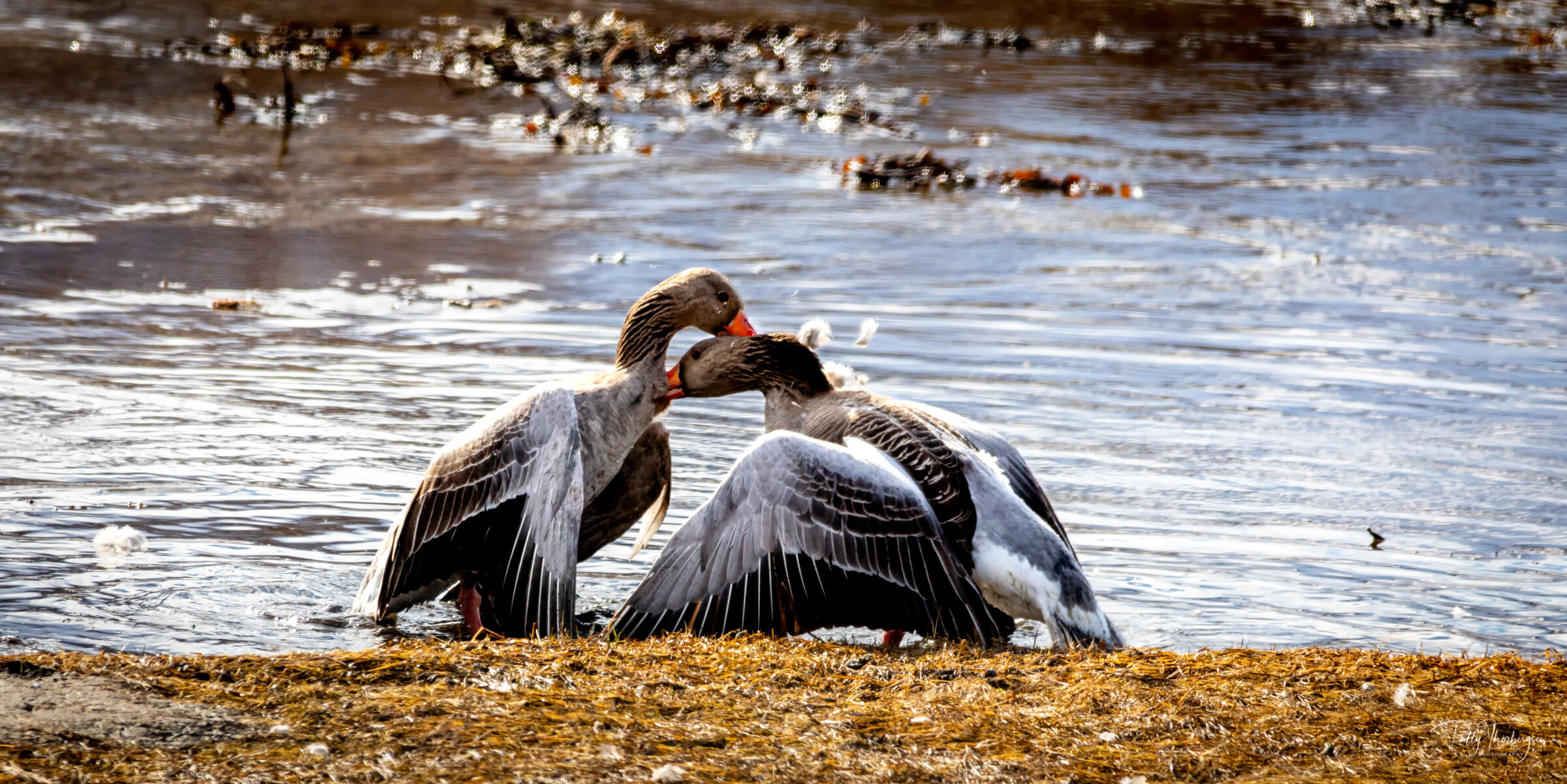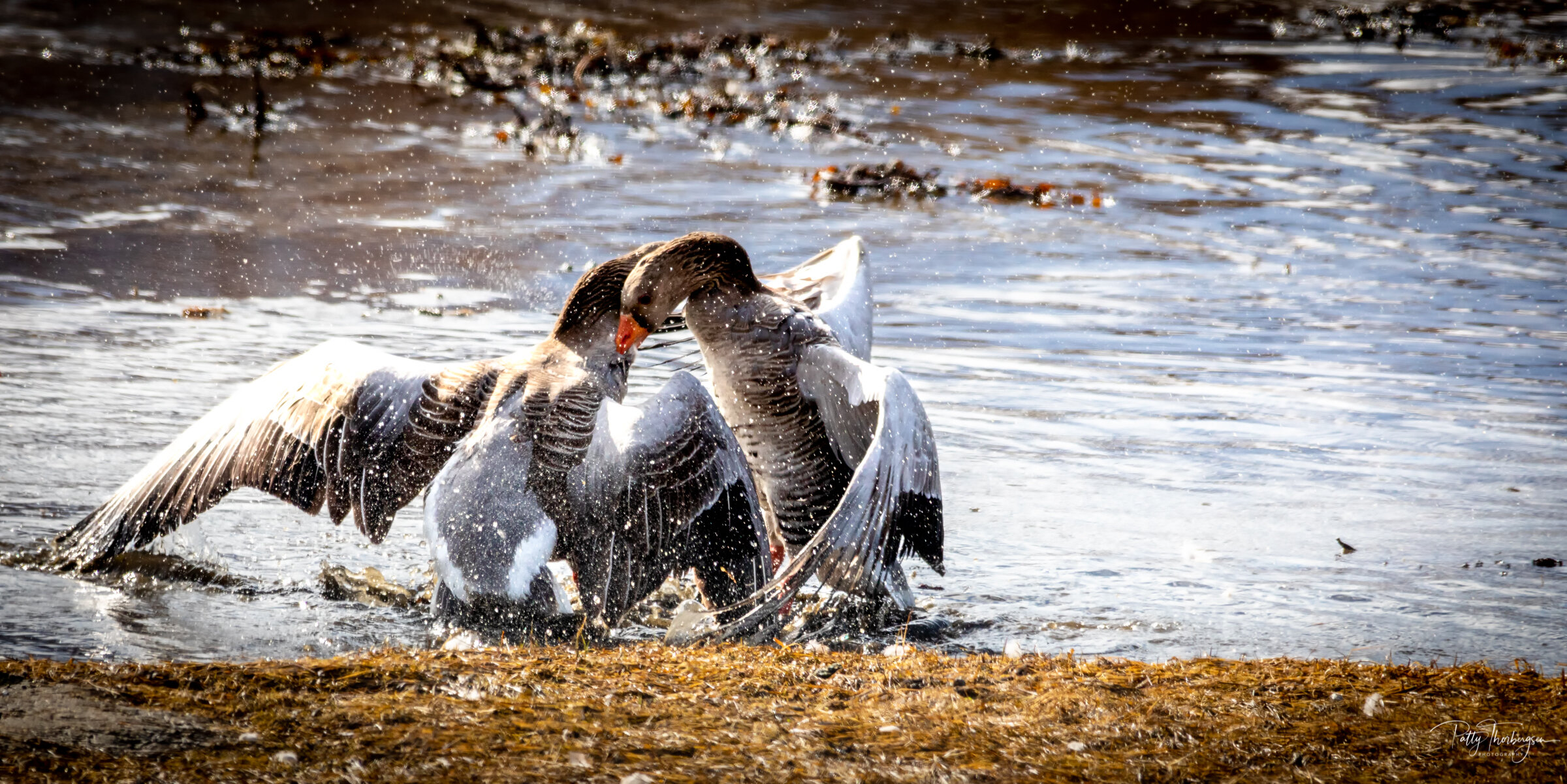The Eurasian oystercatcher (Haematopus ostralegus) also known as the common pied oystercatcher, or palaearctic oystercatcher or (in Europe) just oystercatcher, is a wader in the oystercatcher bird family Haematopodidae.
Oystercatcher is the national bird of the Faroe Islands.
The oystercatcher is one of the largest waders in the region. It is 40–45 cm (16–18 in) long, the bill accounting for 8–9 cm (3–3+1⁄2 in), and has a wingspan of 80–85 cm (31–33 in). They are obvious and noisy plover-like birds, with black and white plumage, red legs and strong broad red bills used for smashing or prising open molluscssuch as mussels or for finding earthworms. Despite its name, oysters do not form a large part of its diet. The bird still lives up to its name, as few if any other wading birds are capable of opening oysters at all.
16.05.2022 Copyright © Patty Thorbergsen All rights reserved.
To request such permission or for further enquires, please contact: patty@thorbergsen.com

